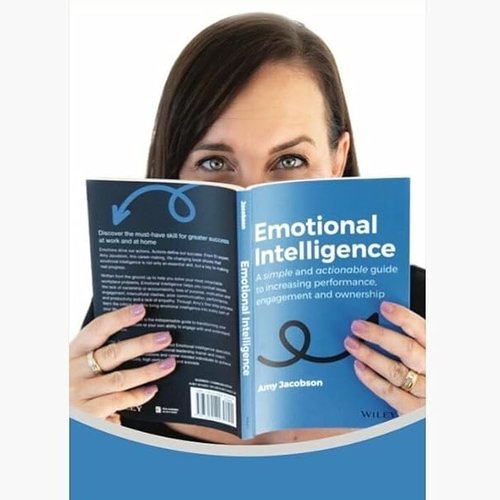In any tough conversation, the difference between success and failure often lies in the setup.
The ability to communicate effectively, particularly in challenging situations, requires more than just spontaneity.
It demands careful thought and preparation.
The key to navigating these conversations successfully – be it delivering difficult feedback or communicating an unpopular change – is to do the thinking first.
This approach allows you to tailor your message to the audience, maximising the chances of a positive outcome.
Here are seven crucial considerations to guide you in preparing for those difficult discussions:
- The outcome you want, not the problem you face.
Focus on what you want to achieve from the conversation, rather than the problem or your initial emotional reaction. Ask yourself:
- What outcome do I want?
- How can I tailor my communication to give me the best chance of achieving that outcome?
Understanding the outcome you’re after will help you think about the best approach to the conversation. Communication is only effective if your message is received. The goal is to communicate in a way that resonates with your audience, not just to vent your frustrations.
- Who?
Identify who should be part of the conversation. Should it be a one-on-one discussion, a team meeting, or should there be a witness or support person present? Once decided, think about your audience:
- What’s their background?
- What matters to them?
- What challenges do they face?
- What style of language and approach do they connect with?
Knowing your audience and understanding their perspective is crucial. Too often we are fixated on the message we want to communicate and forget to consider the people it’s intended for, leading to misunderstandings.
- What?
Albert Einstein once said, “The definition of genius is taking the complex and making it simple.” Simplicity is vital for effective communication. Be clear and concise with your key messages. Not sure what your key message is or how to sum up what you want to say? Then you’re not ready to have the conversation yet. Do the thinking first.
- When?
Timing is another important consideration. While there is no perfect time for tough conversations, some times are better than others. Avoid these discussions first thing in the morning or right before an important meeting. Consider delivering the news towards the end of the day and later in the week – perhaps Thursday rather than Friday – so the person can go home afterwards and process in their own space, then come back and ask questions the next day. However, if it’s a conversation that needs to be addressed immediately, don’t delay. Timing does not trump necessity. Ensure you allocate enough time for the conversation so it doesn’t feel rushed or dismissive.
- Where?
The location of the conversation matters. Don’t have a difficult conversation aimed at one person in front of the whole team, or in a public space where others can see if someone is upset. Opt for private settings or consider a walk and talk to avoid gossip and provide a more relaxed environment. The goal is to create a space where all parties feel comfortable and safe to express themselves.
- Why?
Including the ‘why’ in your communication can significantly increase engagement. People are more likely to listen and follow instructions if they understand the reasoning behind them. This approach builds respect and trust, especially when delivering difficult feedback. For instance, if discussing performance issues, you might say, “I believe in your potential, which is why I need to address these concerns.” This shows that your intention is to help them improve, making them more receptive to your feedback.
- How?
Choosing the right mode of communication is crucial. Sometimes, an email is appropriate; other times, a phone call or face-to-face meeting is better. Consider the nature of the message and the best way to convey it. Written communication can be clear and unemotional, giving the recipient time to process, but it lacks the nuance of body language and tone and does not allow for immediate clarification or discussion. Avoid using written communication to dodge a tough conversation as it can come off as weak, cold or insincere.
Effective communication in tough conversations requires thoughtful preparation and careful consideration of the outcome, the who, what, when, where, why and how. By doing the thinking first, you can approach these difficult discussions with confidence and clarity. While this doesn’t guarantee success, because you can’t control how another person will react, it gives you the best chance of your message being received well.
Leah Mether is a communication and human skills specialist, obsessed with making the “people part” of leadership and work life easier. She is a trainer, speaker, facilitator and author of two acclaimed books, “Steer Through the Storm: How to Communicate and Lead Courageously Through Change” and “Soft is the New Hard: How to Communicate Effectively Under Pressure” (Ingram Spark, $25). Visit www.leahmether.com.au




